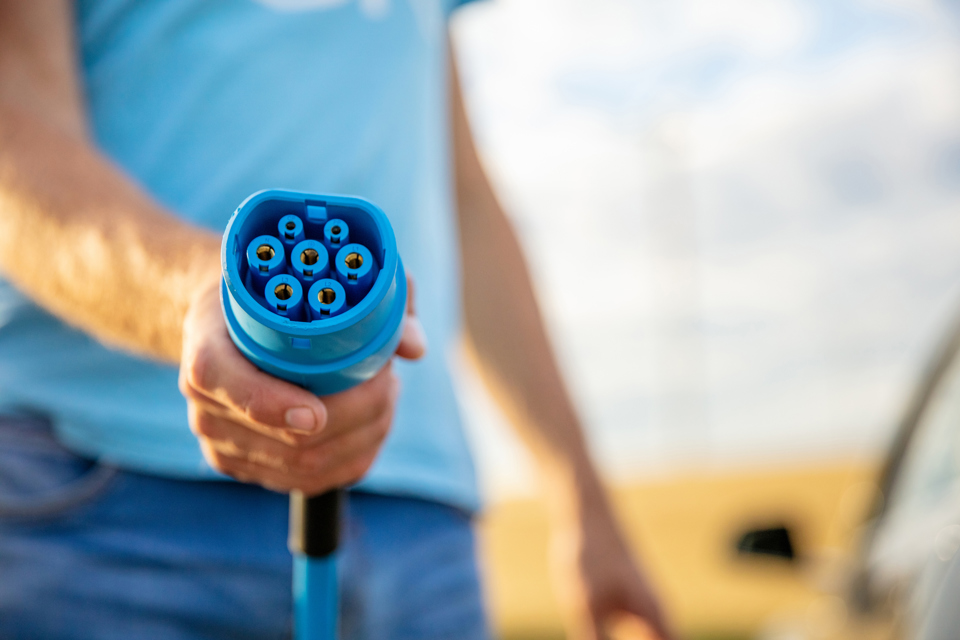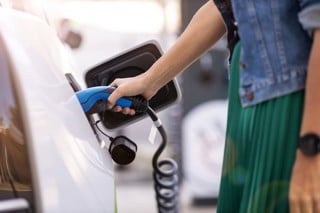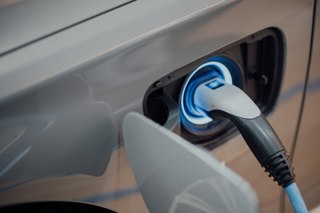Fleets are unable to account for up to 15% of the electricity used to charge electric vehicles (EVs), with charging cables a potential culprit, according to the Association of Fleet Professionals (AFP).
The fleet trade body is investigating discrepancies highlighted in comparisons between telematics and charge point data, with analysis at an early stage.
Paul Hollick, AFP chair, explained that the difference in power use was being seen by those fleets which had been early adopters of the technology and were now looking at optimisation.
“They have been comparing their telemetry data with the charge point data to support some of the reimbursement programmes they’ve got in place, and they are seeing, on average, a 5-7% cable loss,”
However, he told June’s Fleet News at 10: “In some instances, it is as extreme as nearly 14 or 15%.”
The AFP wants to help fleets understand what is behind the apparent electricity loss, with consideration being given to how charge points are calibrated and the accuracy of telematics data.
He explained: “We’re trying to get all the information together to see the differences that a lot of people are seeing at the moment between the telematics data, in terms of how much kilowatt hours have been consumed by the vehicle, and what the charge point has effectively released for the same charging session as well.”
Hollick stressed it was too early to draw conclusions but suggested that some of the electricity being lost could be down to the EV charging cable, with its length potentially playing a part.
“There's more than just the cable that needs to be factored into this,” added National Grid fleet manager, Lorna McAtear. “It’s not just that.”
Appearing alongside Hollick on Fleet News at 10, she said there are “so many variables”, including the efficiency of the charger and the impact of different systems within the car on its energy usage and storage.
“It might not be the cable that’s losing anything at all, it might be what the manufacturer has stated versus what you're physically able to get.”
Research conducted by German automobile club ADAC last year, showed that charging losses vary greatly, depending on how charging is carried out – at home using the “normal” AC socket, using a wall box with up to 11 kW or with half the power.
It found that charging losses at the household socket are between 10-30%, while charging losses via a wall box are between only 5-10%.
It also noted that the on-board electronics and some of the vehicle’s control units are active during the entire charging process and therefore consume electricity.
When charging with alternating current, the rule of thumb applies, it said. “The higher the charging power, the shorter the charging process and thus the time in which charging loss occurs.”
Further research by ADAC, conducted this year, showed that the differences between the energy required for a full charge and the net battery capacity are sometimes significant.
With all test cars charged with alternating current (AC) via the vehicle's charging cable at a 22kW wall box under the same ambient conditions (23 degrees Celsius), it found that 125.2kWh must be used to fill the 105kWh net battery of the BMW iX.
It was a similar story for the Ford Mustang Mach-E, which received 106.3kWh to fill the 88kWh battery, and the situation was no better in the case of the Jaguar i-Pace (100.8kWh to 90 kWh).
Even if charging losses explain a large part of the differences, other influencing factors such as tolerances, battery aging, preconditioning and temperatures also have an effect, says ADAC.
Fleet News at 10 features a guest panel of leading fleet decision-makers discussing the month’s biggest news and hottest industry topics.
The next webinar take place on Friday (July 28), from 10-11am. Register for free here.
























Login to comment
Comments
No comments have been made yet.